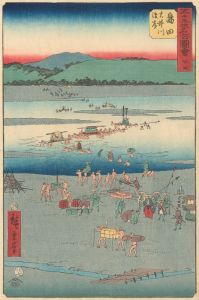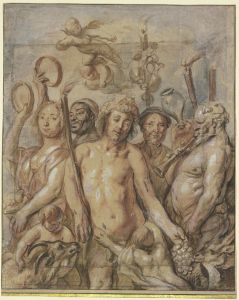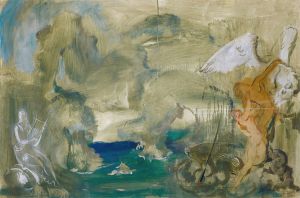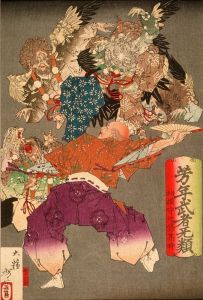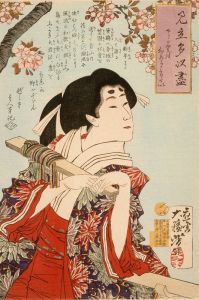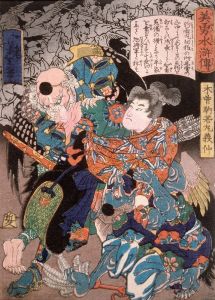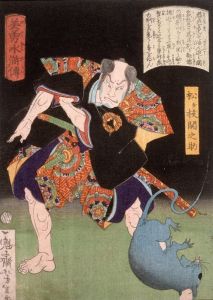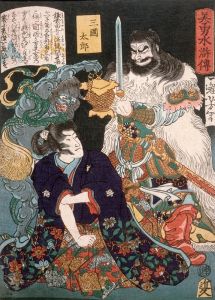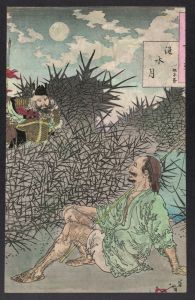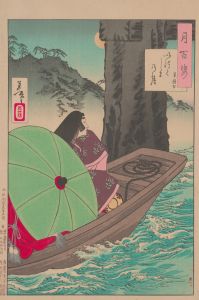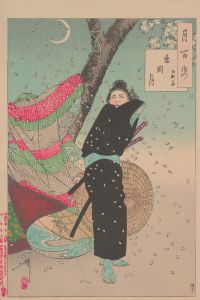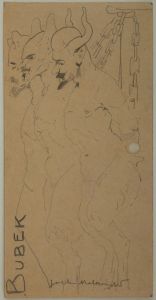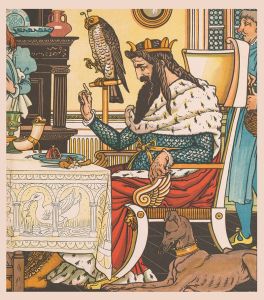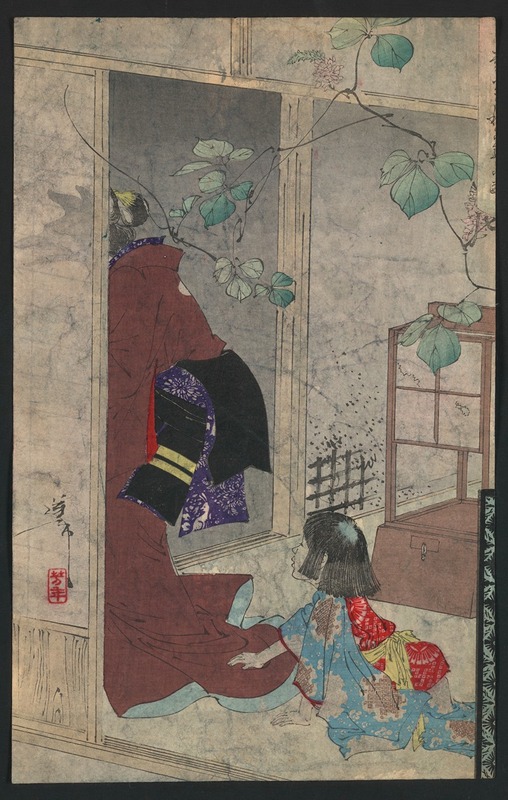
Kuzu no ha
A hand-painted replica of Tsukioka Yoshitoshi’s masterpiece Kuzu no ha, meticulously crafted by professional artists to capture the true essence of the original. Each piece is created with museum-quality canvas and rare mineral pigments, carefully painted by experienced artists with delicate brushstrokes and rich, layered colors to perfectly recreate the texture of the original artwork. Unlike machine-printed reproductions, this hand-painted version brings the painting to life, infused with the artist’s emotions and skill in every stroke. Whether for personal collection or home decoration, it instantly elevates the artistic atmosphere of any space.
"Kuzu no ha" is a woodblock print created by the renowned Japanese artist Tsukioka Yoshitoshi, who lived from 1839 to 1892. Yoshitoshi is celebrated for his innovative and dramatic style, which played a significant role in the development of the ukiyo-e genre during the late Edo and early Meiji periods. His works often depicted historical scenes, kabuki actors, beautiful women, and supernatural themes, reflecting the cultural and societal changes of his time.
"Kuzu no ha" is part of Yoshitoshi's series "New Forms of Thirty-Six Ghosts" (Shinkei Sanjūrokkaisen), which he produced between 1889 and 1892. This series is one of his most famous, showcasing his mastery in portraying eerie and supernatural subjects with a blend of realism and imaginative flair. Each print in the series illustrates a ghost story, legend, or supernatural event from Japanese folklore and literature.
The print "Kuzu no ha" specifically depicts the story of Kuzu no ha, a mythical fox spirit (kitsune) from Japanese folklore. According to the legend, Kuzu no ha was a fox who transformed into a beautiful woman to marry a human man named Abe no Yasuna. They had a child together, Abe no Seimei, who would later become a famous onmyoji (a practitioner of Japanese esoteric cosmology). The story goes that Kuzu no ha, in her human form, was eventually discovered and had to leave her family, but she left behind a poem expressing her love and sorrow.
Yoshitoshi's depiction of Kuzu no ha captures the poignant moment of her departure. The print shows Kuzu no ha in her human form, dressed in elegant traditional clothing, with a melancholic expression on her face. The background often includes elements that hint at her true nature, such as foxes or a mystical atmosphere, enhancing the supernatural theme of the story.
Yoshitoshi's use of color, line work, and composition in "Kuzu no ha" exemplifies his skill in creating emotionally charged and visually striking images. His ability to convey the depth of Kuzu no ha's character and the sadness of her situation is a testament to his artistic talent and understanding of the human condition.
"Kuzu no ha" and the entire "New Forms of Thirty-Six Ghosts" series are significant not only for their artistic merit but also for their cultural importance. They reflect the rich tapestry of Japanese folklore and the enduring fascination with the supernatural. Yoshitoshi's work continues to be celebrated and studied for its contribution to the ukiyo-e tradition and its influence on subsequent generations of artists.
Today, "Kuzu no ha" remains a valuable piece of art, appreciated by collectors and scholars alike. It serves as a window into the world of Japanese mythology and the artistic innovations of Tsukioka Yoshitoshi, whose legacy endures in the annals of art history.





